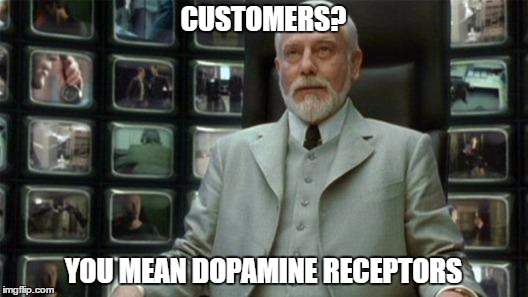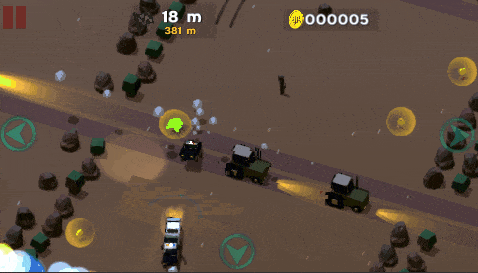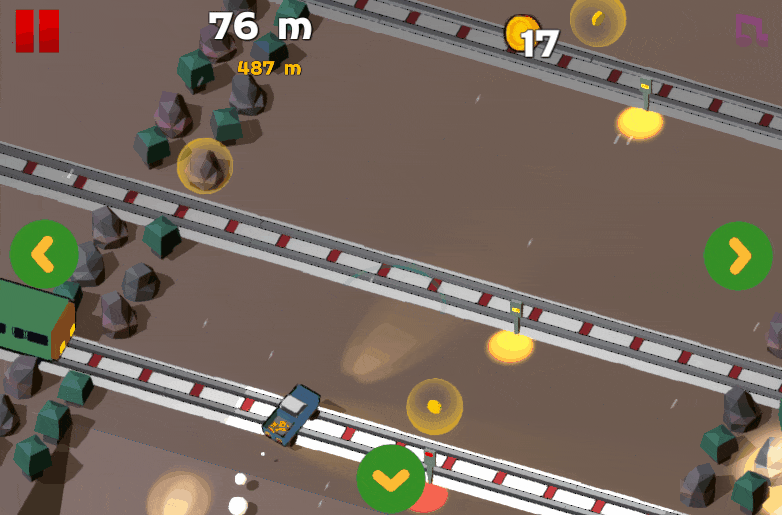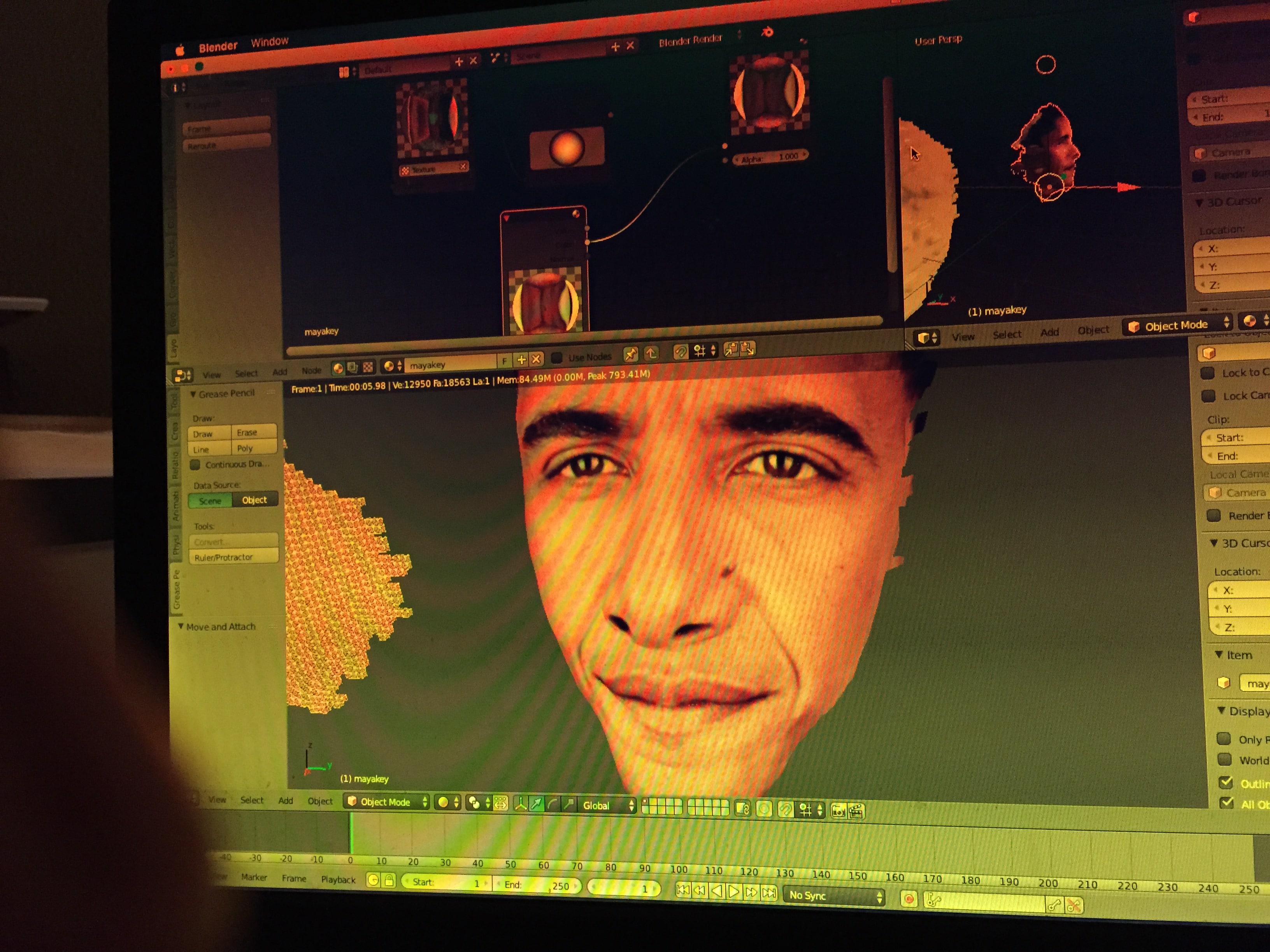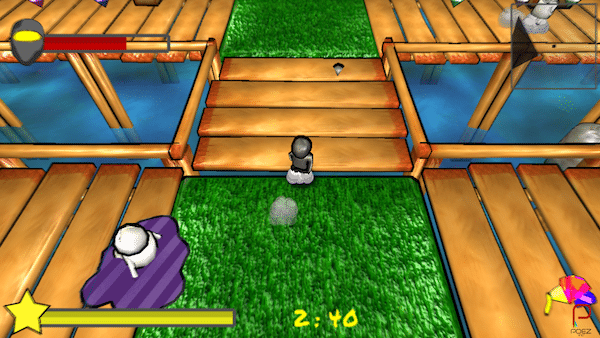When In Gyroscope Accelerate
I’ve spent the better part of the day trying various solutions to best implement the gyroscope control scheme in RunawayJRider… I’ve had a few experiences with various gyroscopes throughout the years...


